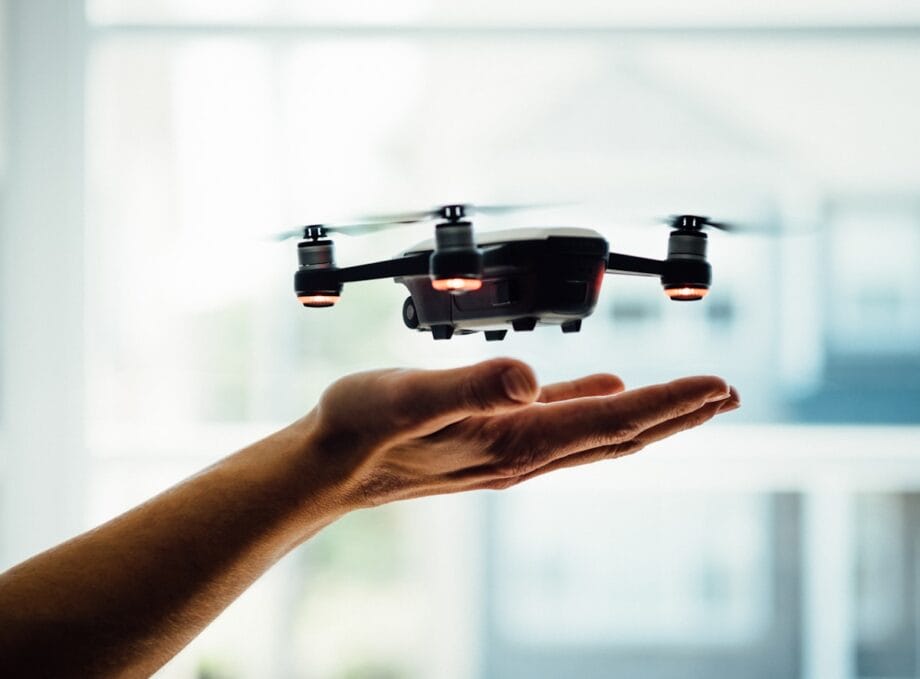U.S. Military Intensifies Search for Affordable Long-Range Strike Drone
The U.S. military is ramping up efforts to secure a cost-efficient, long-range strike drone in anticipation of potential future conflicts, particularly within the expansive Pacific theater.
The emergence of economically viable and lethal Shahed-style drones, evidenced by their impact in the ongoing Ukrainian conflict, has prompted the Pentagon to enhance its long-range strike abilities to meet the challenges posed by the region’s vast distances.
Auterion, a Swiss-American drone software enterprise headquartered in Virginia, has come to the forefront of this ambitious endeavor.
Earlier this year, the Pentagon’s Defense Innovation Unit (DIU) awarded Auterion a contract aimed at prototyping a low-cost, long-range uncrewed strike aircraft amenable to mass production.
Recently, Auterion announced the successful completion of the DIU’s challenge, termed the “Artemis project.” This drone has already been trialed in Ukraine and bears resemblances to the Shahed-136, an Iranian-engineered single-use attack drone deployed by Russian forces against urban centers in Ukraine.
The Artemis drone, crafted in partnership with a Ukrainian hardware producer, is meticulously designed to operate in adverse electronic jamming environments—situations that have become increasingly prevalent in contemporary warfare.
Its delta-wing configuration mirrors that of Shahed drones, facilitating the capability to loiter before executing precision strikes.
Engineered to transport a payload of 40 pounds over distances reaching 1,000 miles, the Artemis system’s peak payload capacity can ascend to 80 pounds, albeit with a constrained range.
Employing artificial intelligence for terminal guidance, the drone operates via a propeller mechanism. Auterion’s CEO, Lorenz Meier, affirmed that despite Artemis having been tested in combat scenarios, it remains in the nascent stages of preparation for widespread deployment.
Meier delineated a three-phase development framework for the Artemis initiative: validating the concept, incorporating the system into combat environments, and ultimately establishing domestic production capabilities to equip American forces. Currently, the company is working on phases two and three in tandem.
In light of the U.S. military’s recognition of Shahed-style drones as a viable means to counteract China’s military expansion in the Pacific, interest in these systems is burgeoning.
Former President Donald Trump has remarked upon the efficacy of Shahed drones, advocating their potential as effective low-cost alternatives worth consideration.
The U.S. military’s 25th Infantry Division has articulated a need for similar systems to bolster its operational capabilities in the region.
Meier emphasized that the DIU’s criteria for the Artemis program are closely intertwined with operational needs in the Indo-Pacific.
He underscored the importance of scrutinizing proven technologies utilized in Ukraine and integrating successful designs domestically, ultimately safeguarding a sovereign supply chain.

Auterion’s Artemis drone is anticipated to be priced significantly below $100,000, presenting a favorable alternative when compared to cruise missiles, with Shahed models estimated at around $30,000.
This development signifies a strategic pivot towards leveraging established international technologies to enhance the operational efficacy of the U.S. military without sacrificing affordability.
As enthusiasm from various U.S. combatant commands swells regarding the Artemis system, Auterion is eagerly anticipating a pivotal Pentagon contract announcement in the near future.
This advancement in drone technology is emblematic of a broader initiative within the U.S. military to maintain an edge over adversaries and proficiently engage in contemporary warfare dynamics.
Source link: News.ssbcrack.com.





